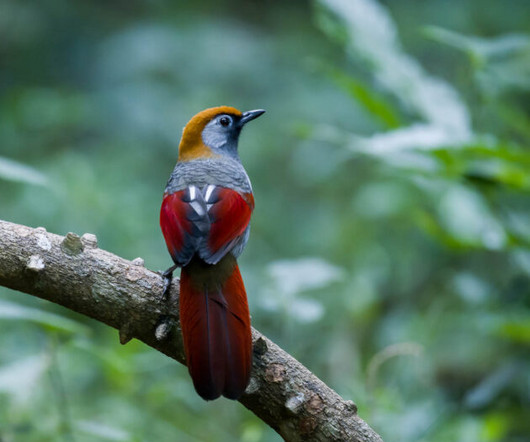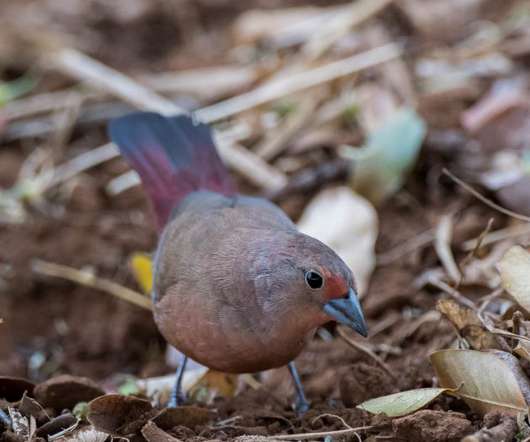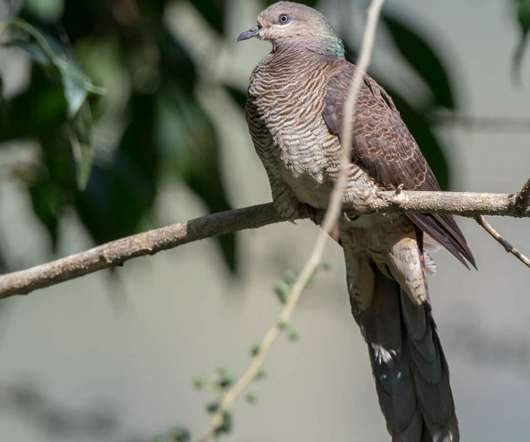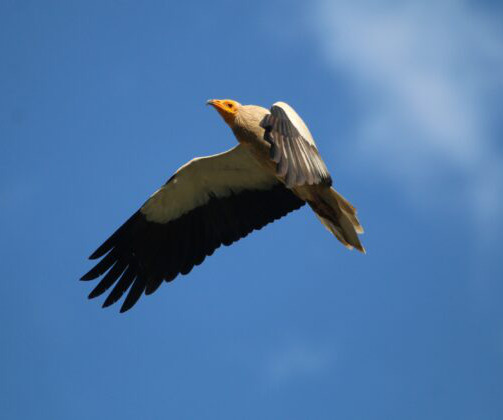Kentucky: First in Crane Hunting?
10,000 Birds
MAY 21, 2011
As part of my effort to keep concerned wildlife enthusiasts informed about the proposal to hunt Eastern Flyway sandhill cranes, it is my duty to tell you that there’s another vote coming up. Hunters frequently refer to them as “Rib-eye in the Sky” due to the excellent taste. ” What’s the necessity of hunting cranes?



























Let's personalize your content